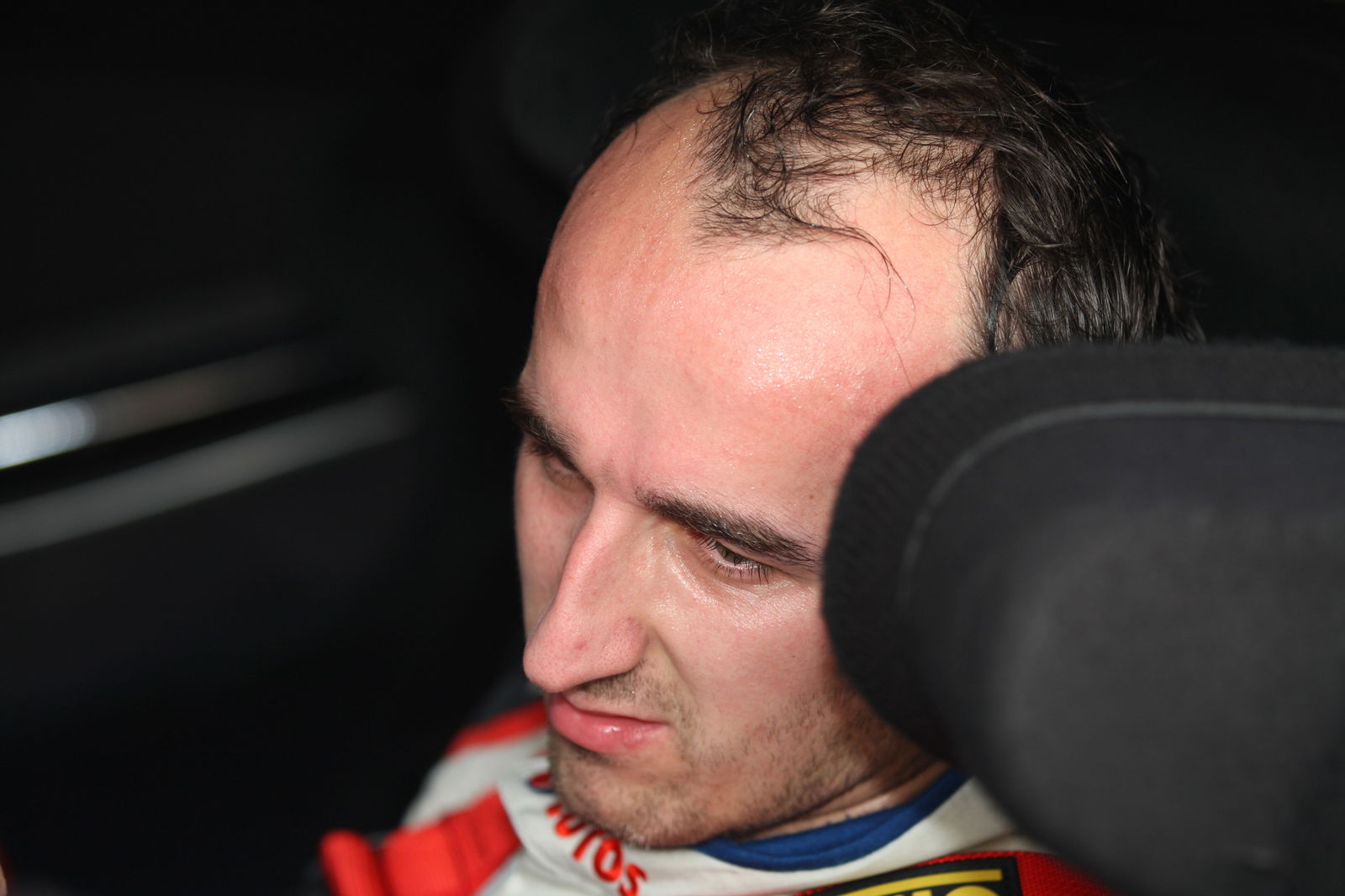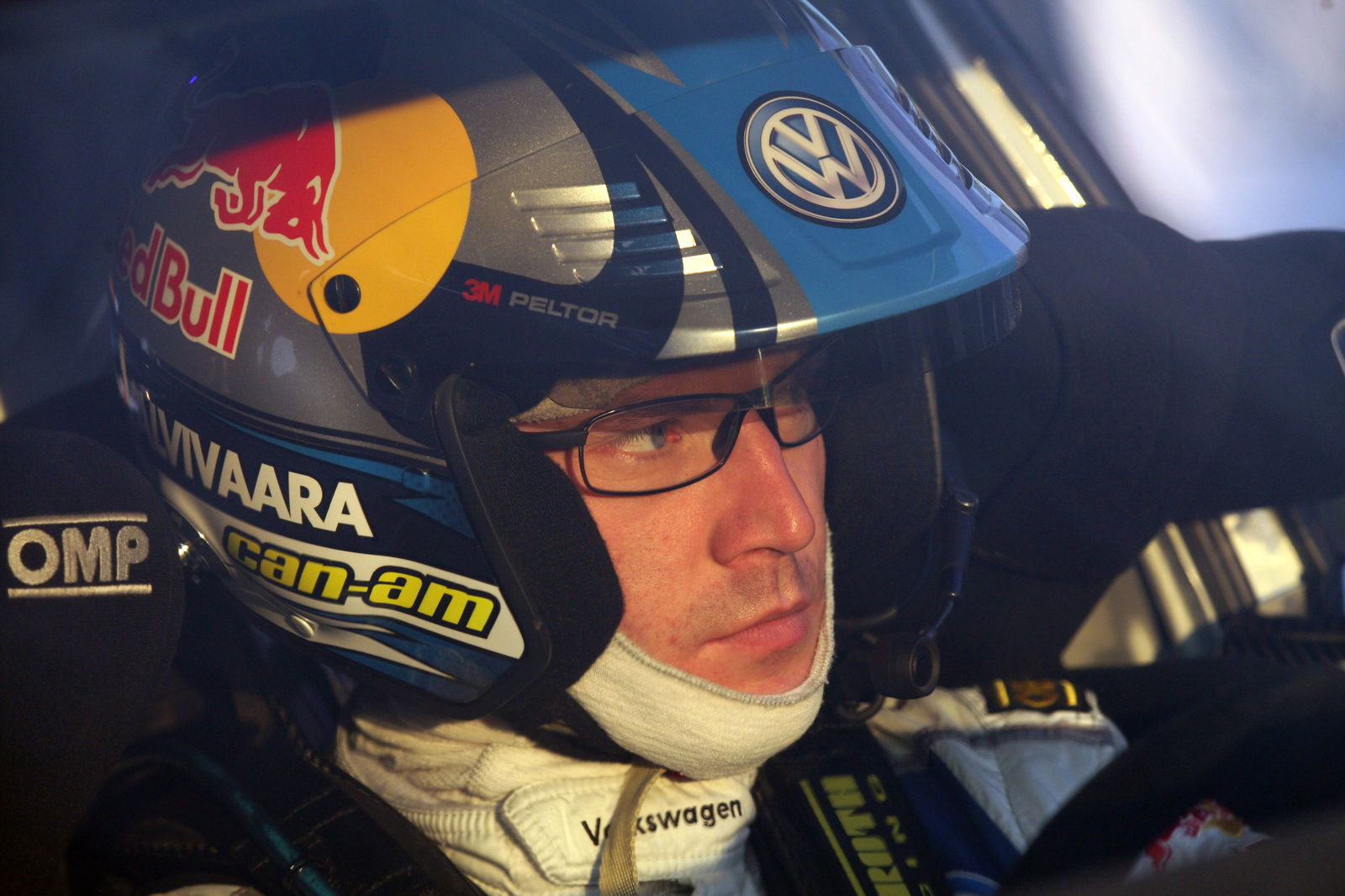Regulation changes for WRC 2014

Throughout the course of 2013, the FIA approved a number of regulation changes for the 2014 World Rally Championship season which aim to help reduce costs whilst raising the sporting challenge and increasing media coverage.
The major changes to the Championship regulations are listed below:
The following list summarises the classes and groups of cars, and details the renamed classes of eligible cars. The renaming of car classes harmonises the numbering with the other FIA Championships with the smaller number defining the most powerful cars (RC denoting Rally Car).
Classes groups:
RC1
World Rally Cars: 1.6 T engine
RC2
S2000-Rally: 1.6T engine with a 30mm restrictor
S2000-Rally: 2.0 Atmospheric
Group R5 (VR5)
Group R4 (VR4)
Group N over 2000cc (current N4)
RGT
RGT cars
RC3
Group A over 1600cc and up to 2000cc
Super 1600
R2 (over 1600cc and up to 2000cc - VR2C)
R3 (atmo / over 1600cc and up to 2000cc - VR3C)
R3 (turbo / up to 1620cc / nominal - VR3T)
R3 (diesel / up to 2000cc / nominal - VR3D)
RC4
Group A up to 1600cc
R2 (over 1390cc and up to 1600cc - VR2B)
Kit-car up to 1600cc
Group N over 1600cc and up to 2000cc
RC5
Group N up to 1600cc
R1 (up to 1600cc -VR1A/VR1B)
To bring consistency to events and thereby aid the Promoter, rallies are now requested to follow a fixed format. There will be a ceremonial start on Thursday, with the last stage run on Sunday at approximately 12:00 hrs for European events. The final stage is defined as the Power Stage, the length of which will be set at a minimum of 10 kilometres.
As a general rule, organisers of WRC events must ensure a minimum of 25 per cent competitive special stage distance in relation to the overall distance of the event.
The start order for both gravel and tarmac rallies has been amended as follows, in order to increase the show for fans and reduce the use of tactics:
Day 1: Provisional Championship classification order for P1 and P2 drivers
Day 2: Reverse provisional rally classification order for P1 and P2 drivers
Day 3: Reverse provisional rally classification order for P1 and P2 drivers
There is therefore no more Free Practice and Qualifying. Cars having retired and restarting (Rally 2) will be placed the next day after the P1 and P2 drivers group.
In order to allow greater flexibility to contract different drivers, Manufacturers will no longer be required to nominate one permanent driver for the season. Instead, Manufacturers will be obliged to nominate one driver for a minimum of 10 Championship events.
Manufacturer and WRC Team cars from the same entrant will be permitted to enter Flexi-Service at the same time, having their service times counted independently.
Due to calendar updates, the number of links has changed to 2 links of 2 rallies per car and 1 link of 4 rallies per seasonally allocated car number for a Manufacturer or a WRC Team which has nominated all Championship rallies.
In order to give more flexibility, WRC Teams will no longer be obliged to nominate a tyre manufacturer for the season.
WRC Team and WRC 2 entrants using S2000 cars are not obliged to use the latest 'joker' parts when competing in WRC events.
All competitors registered in the Championships - WRC, WRC 2, WRC 3 and Junior WRC - will be obliged to use a colour-coded windscreen sticker to promote and identify the category in which they are competing and scoring points. In addition, a similar Championship identification sticker will be applied to the front doors.
Permanent competition numbers will no longer be allocated to P3 drivers competing in the support championships. Drivers wishing to request a permanent number for marketing or promotional purposes will however be able to do so. The restriction on the number of servicing personnel has also been removed and testing during the three weeks preceding an event is now permitted for P3 drivers.
To create a more level playing field for the support championship contenders, a two minute interval has been given between P3 drivers.
In order to promote the entry of R-GT cars in FIA rallies, tuners will be permitted to develop cars, in accordance with the criteria defining eligible cars. The FIA will issue a technical passport, allowing the car to be eligible for events accepting R-GT cars.
The minimum weight of R5 cars has been increased from 1200 to 1230 kg to avoid the use of expensive options and keep the cost of the complete car within the stated limit.
Regulations for R4 cars will not be continued after 2014. From 1 January 2015, R4 cars will be eligible in the events of non-European FIA regional championships only. Cars with National R4 homologation will also be eligible in these events.
To help attract more manufacturers into the sport, the series engine of R1, R2 and R3 cars may be replaced with another series engine.
Information provided by the FIA

